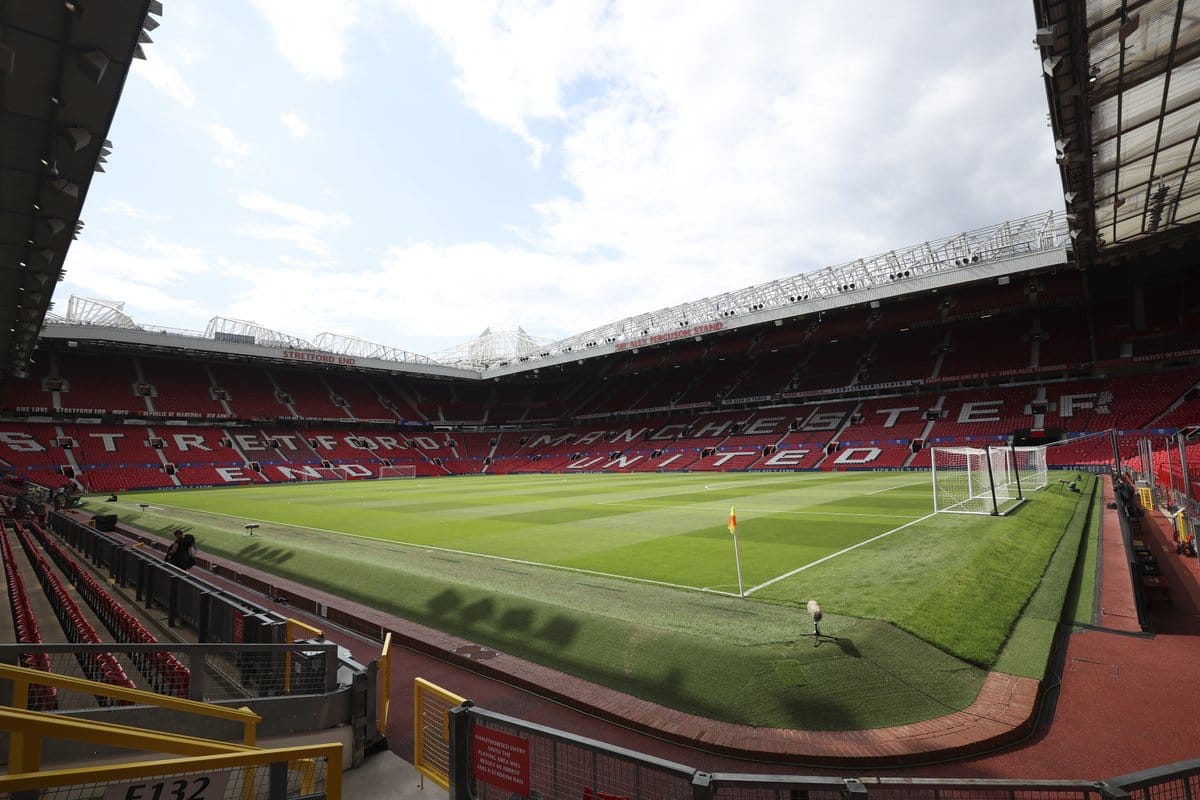(Motorsports news) At Hungary, The ATA rules are intended to improve F1’s environmental credentials by lowering the number of sets that Pirelli must deliver to each weekend while also maybe introducing some strategic diversity on race day. The format will also be tested at the Italian Grand Prix before the FIA evaluates its impact and considers a more widespread deployment in the future.
The typical Hungary weekend tyre allocation is 13 sets, with two hards, three mediums, and eight softs. The ATA rules limit drivers to 11 sets, including three hards, four mediums, and four softs. After FP1, one set must be returned, followed by another after FP2, and two more after FP3. Drivers must keep a set of hards and a set of mediums for race day, but they should wind up with two sets of each, giving them more racing strategy alternatives.
Importantly, how teams use their tyres in qualifying is now regulated from Hungary. They are only permitted to utilize hards in Q1, mediums in Q2, and softs in Q3. This year’s sprint shootout follows a similar pattern, and if the session is judged wet, the slick limits are lifted, as they were on Saturday in Austria.
Pirelli has added another layer of intrigue by going one step softer than last year and bringing its C3, C4, and C5 compounds to Hungary as it did for the cancelled Imola event. In other words, last year’s medium in Hungary is this year’s hard.
“With the alternative tyre allocation, all teams will have two sets of hards, two sets of mediums, and two sets of softs for the race,” Pirelli’s Mario Isola predicted earlier this year. “So we can go one step softer, and even if it means more stops, they have enough tyres.”
“With the current system, I don’t want to say it’s dangerous because they just have to do more pit stops, but if they come to the race with only one set of hard, one set of medium, and all the rest is soft, and the soft is too soft, it’s not ideal for the race.” Then we have a condition that is neither natural nor desirable.
“If things work at Hungary, we stick to [the ATA rules], if not, we go back to the previous one.” The method is correct because, sadly, even if you strive to forecast every potential detail, there will always be something unexpected.” Prior to Imola, teams spent a significant amount of time researching the impact of the regulations, and for this weekend, they referred back to that homework and changed it for Hungary.
“It will definitely add to the challenge,” Mercedes senior race strategy engineer Joseph McMillan adds. “When it comes to qualifying, we usually concentrate on getting the most out of the soft tyre on a single lap.” “This includes determining the best tyre preparation and the best out-lap profile, among other things.” We must now consider this for three different compounds.”
“We’ll probably see a lot more varied running in free practice,” McMillan predicts. “We always do single lap work on each tyre compound.” However, most of the time, running on a hard tyre only prepares the drivers for running on a soft tyre. I expect there will be more talk about it this weekend.
Also read: Ferrari dismisses Albon F1 link delaying contract discussion














